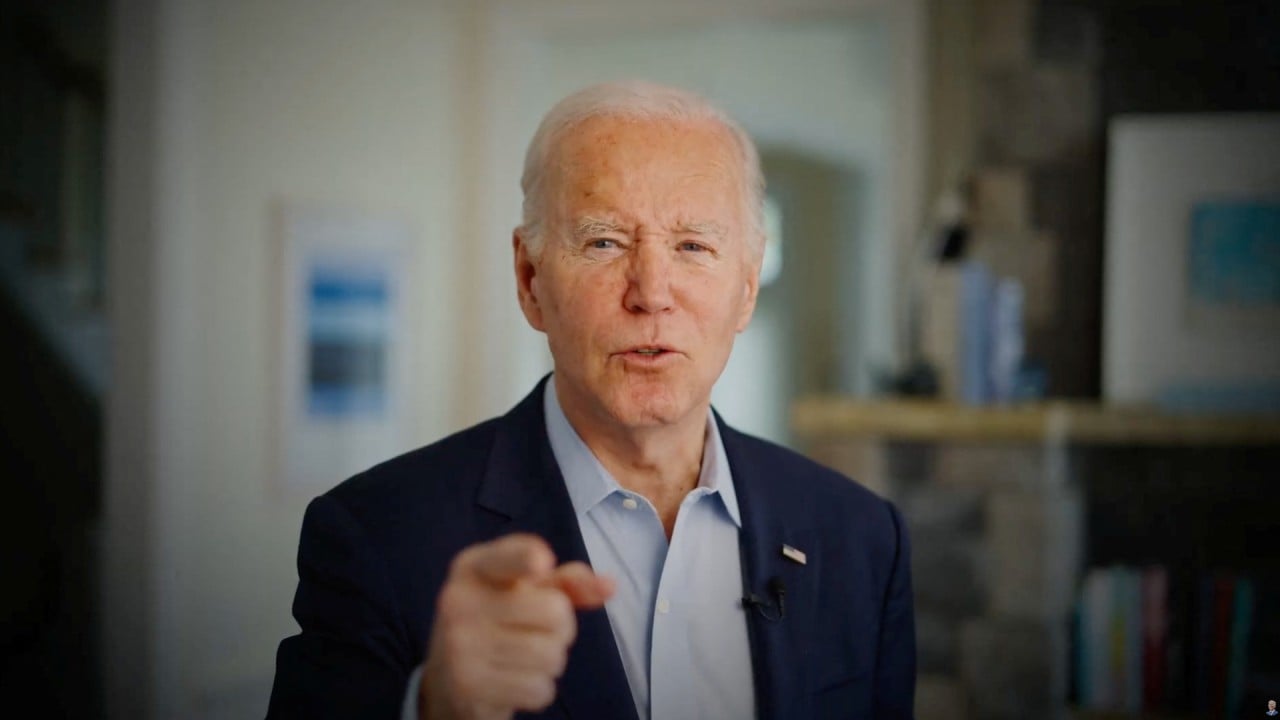
Biden’s 2024 election hopes hinge on selling sceptical US voters on his economic plan’s success
- The US president is beginning to promote Bidenomics as his success story, an important step as his economy has yet to win over American voters
- In the coming year, he must not only continue his impactful economic policies but make them understandable to persuadable voters
Under Biden, the Misery Index stood at 7.8 per cent in May. For comparison, this figure is well below that of his predecessors in recent decades in the months of their re-election, including Ronald Reagan (11.4 per cent), Bill Clinton (8.7 per cent), George W. Bush (9 per cent) and Barack Obama (9.5 per cent).
Republican presidents, in particular, usually commit themselves to Reaganomics, an economic policy named after Ronald Reagan in the 1980s. In summary, Reaganomics was about sweeping tax cuts, reduced welfare spending, increased military spending and domestic market deregulation.

What the Biden administration thinks of Reaganomics was made clear during a speech by National Security Adviser Jake Sullivan, who essentially gave a eulogy for trickle-down economics when he noted that the efficiency of free markets and the benefits of free trade have been overstated. The US needed a new industrial policy, one that goes “beyond traditional trade deals” and will lead to “new international economic partnerships”, he said.
Biden described his economic philosophy via Twitter in June: “Bidenomics is about growing the economy from the middle out and the bottom up, not the top down. It’s an economic vision where we make smart investments in America, educate and empower American workers and promote competition to lower costs and help small businesses” – the opposite of Reaganomics.
In practice, Biden’s strategy has worked. The Misery Index is approaching historic lows, and in the first quarter this year the US economy grew by 2 per cent. The job market has remained resilient, and the unemployment rate was 3.6 per cent in June.
This time, it’s not just an already-wealthy elite that benefits. In the first two years of the Biden administration, 800,000 manufacturing jobs were created that primarily profit workers without a university degree – who make up much of the US workforce. US inflation has also started to cool down in recent months, falling from highs of 9 per cent in mid-2022 to just 4 per cent in May.
These figures are a real issue for Biden as the economy remains the most pivotal topic for voters. For many Americans, the price of petrol is the decisive factor in their economic well-being.
The propensity of many Americans to live in information bubbles means Biden will struggle to reach Republicans living in the Fox News echo chamber no matter what he achieves. This makes independent voters all the more pivotal.
Biden’s previously less than ideal communication style and his lack of selling skills has left him unable to convince them, though. His press secretary and other officials may try to fill the gaps but they simply do not possess the same gravitas as the president.
In the coming year, he must not only continue his successful economic policies but he must make them understandable to persuadable voters. Promoting Bidenomics could do just that.
Thomas O. Falk is a UK-based independent journalist and political analyst


